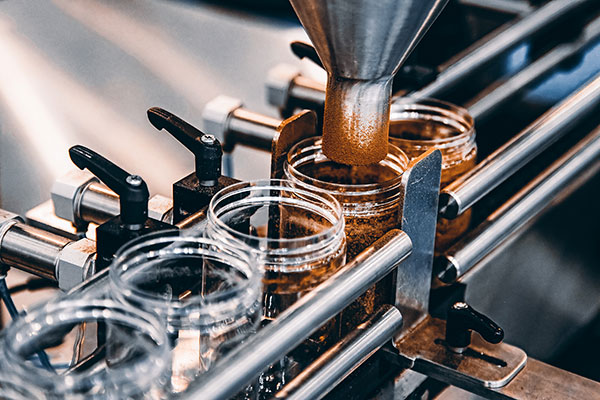H1 Vs 3H - Which One Is Right For You?
At TYGRIS, we are always asked which food-grade classification is required in certain applications. Our whole PROTEAN range was developed entirely for use within the food industry, with all our brilliant products listed by NSF International.
All these certifications are rather confusing, we get that! So, we’re stripping things down, covering the most common classifications in the food industry and distinguishing the difference between them for you. If you’re not sure which food classification you need, scroll on for our breakdown of each category.

H1
Used to lubricate machinery - gearboxes, hydraulic systems and conveyor belts etc and applications such as cooking, cutting, blending etc where incidental contact with food may occur. All of our PROTEAN products are H1 certified, from food-safe grease to stainless steel cleaner. So, if these lubricants fell into the production line they wouldn't affect the smell, taste or colour of produce, saving your production time, money, and hassle.
H3
These Lubricants contain edible and other chemicals that may be harmful if consumed. H3 lubricants are typically used to clean and prevent rust on the likes of hooks, trolleys and similar equipment. Contact with food should definitely be avoided.
3H
These are direct contact release agents applied to equipment where direct food contact is inevitable and made from ingredients that are safe for human consumption.
Designed for use where the lubrication and protection of seals, guides, bearings, blades, baking pans/trays, racks and several other types of machinery in contact with food are unavoidable.
3H oils are used as a release agent, and when dual registered as both 3H and H1 they can also be in environments with incidental food contact.
So, to put it simply, when aerosols inevitably come into contact with food, 3H products are the only suitable ones for the job.
H1 is so important to consider throughout your whole range in food production to avoid any contamination unintentionally. We recommend that all products are H1 registered for that very reason, however, a lot of manufacturers take the approach of ‘above the line, below the line’ - this allows them to use H1 lubricants near the production line, especially above, where there could be the risk of product falling onto the production line.
Then below the line, H2 lubricants are used physically on the equipment below the production line, supposedly minimising the risk of contamination. So, to keep the entire facility demonstrating adherence to Food Safety regs, plants should use H1 lubricants throughout their whole range. H2 & H3 registered products are hazardous to an extent and cannot be used where food will be coming into contact.
How Our Protean Range Makes Food Classification Easy
As we said, our whole PROTEAN range has been designed with the food industry in mind, and all products are H1 certified. So, if you’ve been on the lookout for effective food safe grease, food safe aerosols, or even cleaners, we have you covered!



